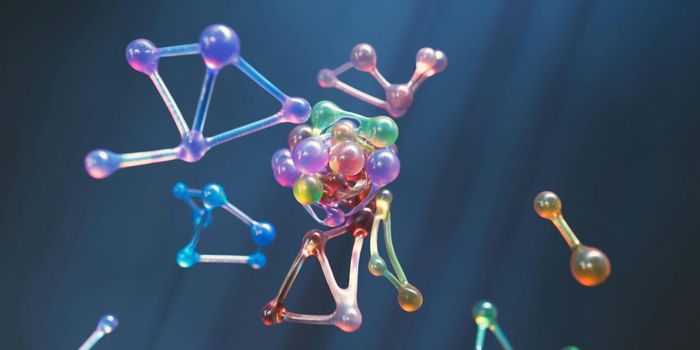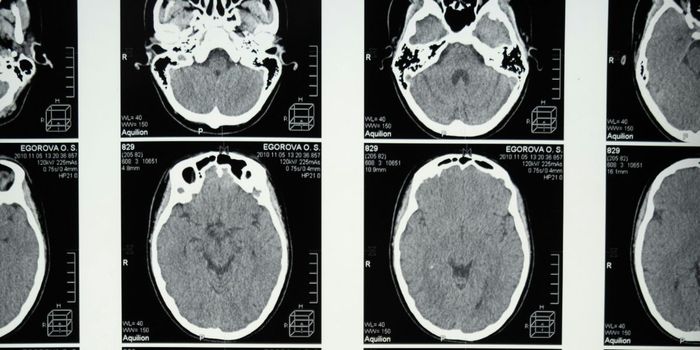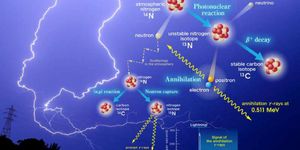Can a Brain Scan Detect Suicidal Tendencies?
According to the CDC, suicide is the second-leading cause of death among young adults in America. It's a growing problem, and mental health professionals and scientists are actively trying to look for ways to better treat and identify patients who are at risk.
Depression, schizophrenia and drug addiction are sometimes the cause of suicide, but identifying the reason after a patient has died isn't helpful. Preferably, reducing the number of deaths is the better goal. Researchers at Carnegie Mellon and the University of Pittsburgh may have a way to identify those patients at risk. By analyzing brain scans and seeing how the human brain reacts to and interprets specific stimuli, they plan to better understand the biology behind suicide and hopefully predict which patients might be vulnerable to taking their lives.
Marcel Just, the D.O. Hebb University Professor of Psychology in CMU's Dietrich College of Humanities and Social Sciences and a lead author on the research stated, "Our latest work is unique insofar as it identifies concept alterations that are associated with suicidal ideation and behavior, using machine-learning algorithms to assess the neural representation of specific concepts related to suicide. This gives us a window into the brain and mind, shedding light on how suicidal individuals think about suicide and emotion-related concepts. What is central to this new study is that we can tell whether someone is considering suicide by the way that they are thinking about the death-related topics."
For the study, the team, which included University of Pittsburg's David Brent, who is a professor of psychiatry, pediatrics, epidemiology and clinical and translational science, compiled three lists of words. 10 that were death related, ten that were positive and ten that were negative. The study participants included seventeen patients with known mental illness and suicidal thoughts and 17 individuals who were neurotypical and did not report any depression or suicidal thoughts
Choosing six of the words (death, cruelty, trouble, carefree, good and praise), they developed machine learning algorithms to see if they could accurately predict which of the participants were in the group that had previously experienced suicidal ideation and which were control group subjects. The results showed a 91% accuracy in pinpointing which participants had previously attempted suicide and those who were in the neurotypical control group.
Drilling down into the research, they continued to see if they could sort out which study volunteers in the suicidal group had attempted to take their lives and which had considered it, but not attempted to harm themselves. There was a similar success rate of 94% in identifying those that thought about it and those who had attempted suicide. Included in the research were archived scans that showed neural patterns of brain activation that could be compared to the current scans and that resulted in an 84% accuracy when those neural "signatures" were used in the development of the machine learning algorithms.
While this information is significant, it is still preliminary. The team hopes that the results will be used to further research into depression and suicidal ideation with the goal of identifying at-risk patients before something terrible happens. Check out the video below to learn more.
Sources: Carnegie Mellon University, Nature: Human Behavior, CDC









